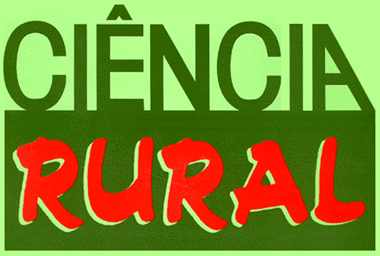Neste trabalho, descreve-se um caso de melanoma dendrítico maligno da cavidade oral em uma vaca, com metástases amplamente disseminadas. A evolução clínica foi de dois anos, e o quadro clínico-patológico caracterizou-se por dificuldade na mastigação e deglutição, perda de peso progressiva, fraqueza e sialorréia profusa. À necropsia, uma massa enegrecida e ulcerada foi encontrada na mandíbula esquerda e projetava-se para a cavidade oral. O tumor envolvia principalmente a porção cranial do ramo horizontal esquerdo da mandíbula e alcançou o mento, o lábio inferior, a gengiva e a língua. Metástases foram detectadas na língua, na glândula parótida, nos linfonodos, na traquéia, na tireóide, na pleura, nos pulmões, no coração, no peritônio, no omento e na serosa dos pré-estômagos e do abomaso, do fígado e da íntima de alguns vasos hepáticos, da glândula mamária e das fáscias e dos músculos do membro posterior esquerdo. Histologicamente o tumor primário e as metástases eram do tipo dendrítico. Não encontramos referências a melanomas primários de mandíbula com metástases em bovinos.
melanoma dendrítico oral; bovino; patologia; neoplasia



